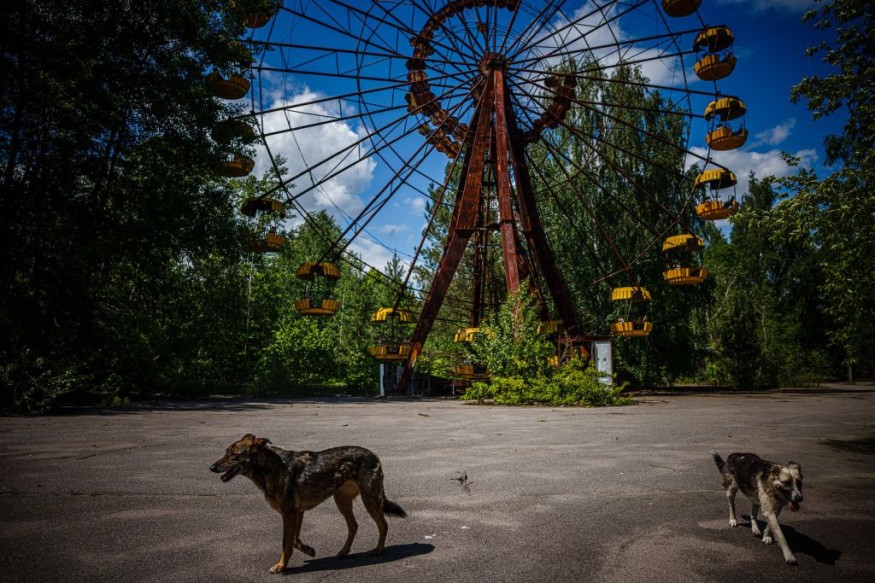
The 302 feral dogs wandering the area of Chernobyl are evolving more quickly, according to DNA studies.
The Chernobyl Nuclear Reactor in northern Ukraine exploded on April 26, 1986, spewing a huge radioactive plume into the sky.
The Chernobyl Power Plant and much of the surrounding region are still abandoned, at least by people, some four decades later.
In the absence of mankind, all types of animals have prospered.
Thousands of feral canines, many of whom are offspring of pets abandoned in the area's hasty evacuation so many years ago, coexist with radiation-resistant wildlife.
Biologists are now looking more closely at the animals living in the Chernobyl Exclusion Zone (CEZ), which is roughly the size of Yosemite National Park, as the world's worst nuclear accident approaches its 40th anniversary.
Scientists are investigating whether decades of radiation exposure may have changed the genomes of animals and perhaps sped up evolution.
DNA Tests of 302 Feral Dogs
To learn more about how radiation could have affected the genomes of 302 feral dogs discovered in or near the CEZ, researchers from the National Human Genome Research Institute and the University of South Carolina tested the dogs' DNA.
In May, the findings were published in the journal Science Advances.
Elaine Ostrander, a co-author, questioned if animals had mutations that had helped them survive and reproduce effectively in this area.
At the National Human Genome Research Institute, Ostrander is an authority on canine genetics. She is also interested in the difficulties that animals confront and how their genetic adaptations have helped them.
The hypothesis that radiation hastens natural evolution is not an unfamiliar one.
For instance, a tried-and-true method for developing crops that are fit for a warming world involves purposefully irradiating seeds in space to create advantageous mutations.
Numerous animals that live in the CEZ have been investigated by scientists for a long time, including bacteria, rodents, and even birds.
Eastern tree frogs, which are more common in the CEZ, have a black appearance as opposed to their typical green color.
It is believed that the skin-coloring melanin pigments in frogs underwent a beneficial mutation, which could have assisted in ionizing the radiation in the environment.
This led researchers to wonder if the wild canines near Chernobyl were experiencing a similar situation.
Also Read : Radioactivity Spike Could be Triggered if Chernobyl Gets Hit with Missiles, Professor Warns
Rapid Mutation and Evolution
According to this recent study, stray dogs residing close to the Chernobyl Power Plant had clear genetic differences from canines living only a few kilometers away in Chernobyl City.
Even while it could seem like strong proof that these dogs quickly evolved or underwent mutations as a result of radiation exposure, this study is only the first step in proving that idea.
These studies can be challenging, according to an environmental scientist.
This is partly because it is extremely challenging to distinguish radiation-induced mutations from various other impacts, such as inbreeding.
The DNA of dogs wandering Chernobyl Power Plant and surrounding Chernobyl City may be compared to dogs that inhabit non-irradiated locations, offering a pattern for future research into the impacts of radiation on bigger species.
The study has demonstrated once more that a region that, by all rights, should be a barren wasteland has become an unrivaled scientific chance to comprehend radiation and its influence on natural development, despite the lack of conclusive results at this time, Popular Mechanics reported.
Related Article : Radiation Causes Darker Skin Colors in Chernobyl Frogs, Area Radioactivity Does Not Affect Them Now
© 2025 NatureWorldNews.com All rights reserved. Do not reproduce without permission.





